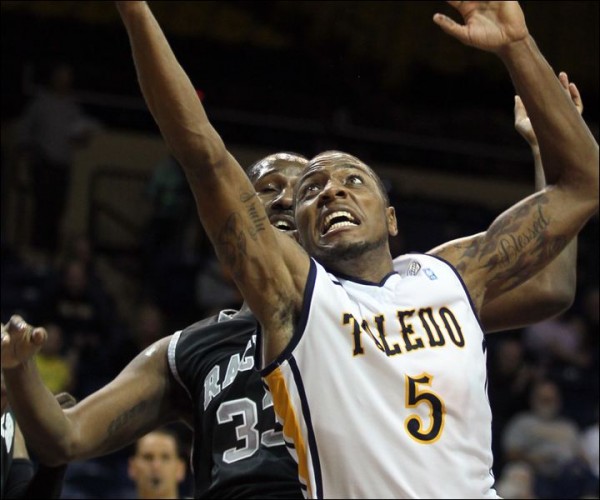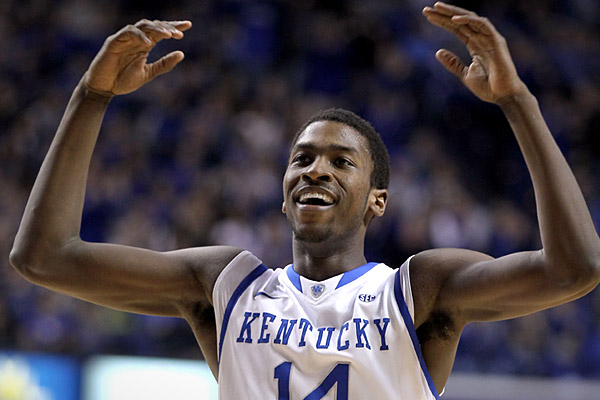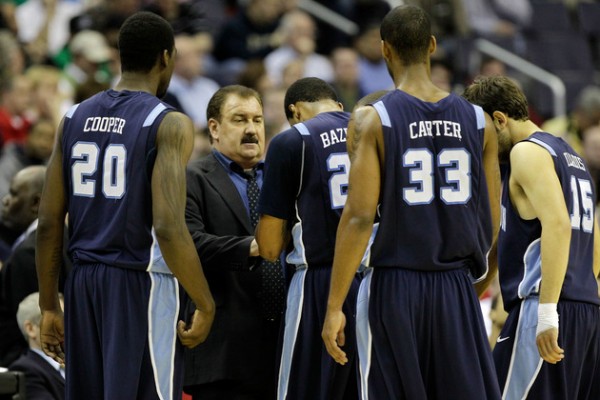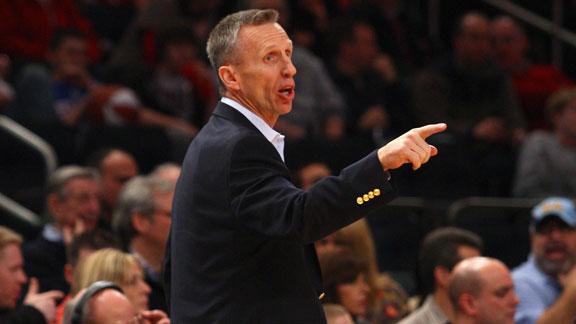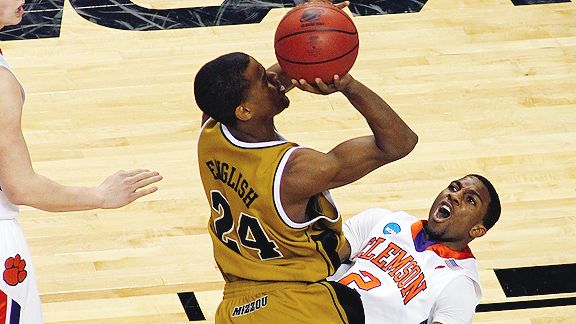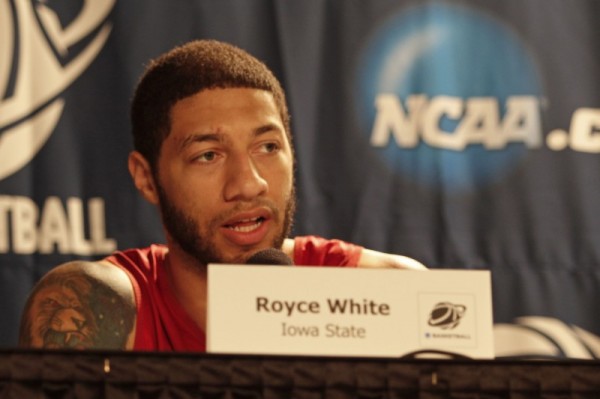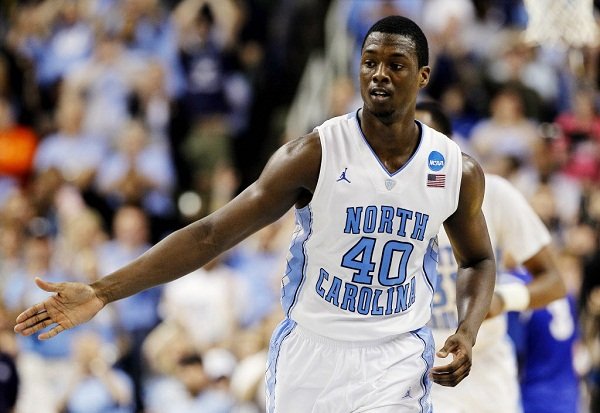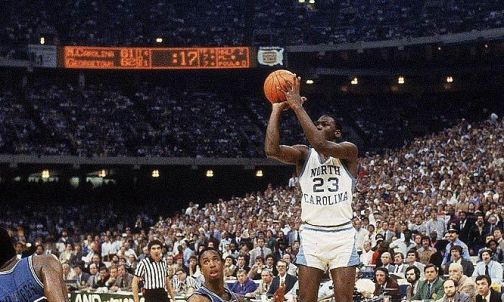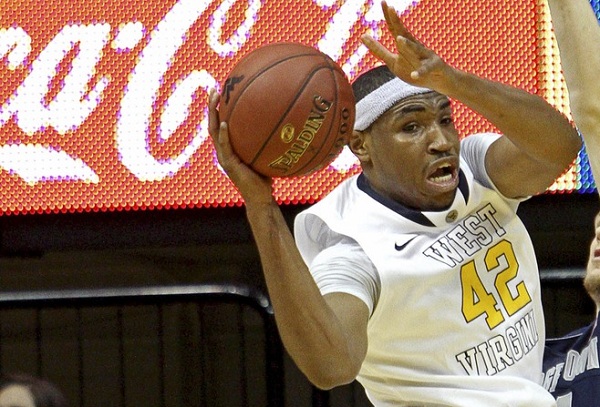Posted by EJacoby on June 21st, 2012
Breaking news surfaced on Wednesday when the NCAA released its Academic Progress Report (APR) for all Division I athletic programs, and a whopping 10 men’s basketball teams are now banned from the 2012-13 NCAA Tournament after failing to reach the required APR average score of 900 over the last four years. The biggest name on the list, and the only power conference school to ever receive a postseason APR ban, is Connecticut, which recorded a four-year score of 889. But none of this was news to the Huskies, a school which had already lost an appeal this offseason for inclusion. The postseason ban is just one of many pieces of bad news that UConn has received this offseason, which has put the future of UConn basketball in serious doubt. Your 2011 National Champions have struggled on and off the court since that wild run two springs ago sparked by Kemba Walker and company. Transfers, violations, firings, underperformance, and bans have dominated the news cycle around Storrs and 70-year-old future Hall of Fame head coach Jim Calhoun remains on the fence about coaching his team for much longer. Where does UConn go from here, and what can we expect from the Huskies on the court next season?
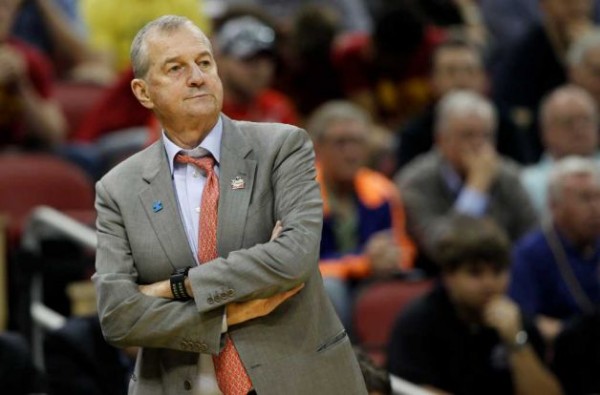
Jim Calhoun’s future remains in doubt, but the Hall of Fame coach doesn’t want to leave the program in chaos (AP Photo)
Connecticut basketball has been nothing short of a disaster since hauling the National Championship trophy two seasons ago. While that year’s historic run of 11 straight postseason wins is forever engrained in Storrs lore and perhaps fans can accept a few years’ grace period after winning a title, it’s still hard to believe how quickly things have fallen. UConn entered 2011-12 as the Big East preseason favorites but struggled to a 20-14 finish, playing through multiple suspensions and the extended absence of Calhoun due to rules violations and health reasons. The team lost its first round NCAA Tournament game to Iowa State in convincing fashion, and things have only gotten worse since that game in March. Top talents Jeremy Lamb and Andre Drummond both declared for the NBA Draft, and forwards Roscoe Smith, Michael Bradley, and Alex Oriakhi all transferred out of the program, leaving major holes in the roster. The team is ineligible for both the 2013 Big East and NCAA Tournaments after poor academic performances in the past four years. Recruiting has been understandably difficult, as the school remains a questionable short term destination for prospects. There’s a brand new athletic director (Warde Manuel) on campus who has yet to implement his long-term strategy. And perhaps most importantly, Calhoun remains uncommitted to his future on campus. The 70-year-old has two more years left on his contract and certainly does not want to leave the program in chaos, but the future Hall of Famer will probably not stick around much longer no matter what situation the team is in.
Read the rest of this entry »
| rtc analysis
| Tagged: alex oriakhi, andre drummond, connecticut, darryl bryant, huskies, jeremy lamb, jim calhoun, postseason ban, roscoe smith, ryan boatright, shabazz napier, uconn
Share this story
